When It All Goes Too Fast
A few years ago, I was teaching my student troupe a new drum solo. Their heads were spinning – it was definitely challenging – and they said it felt “so fast.” As a teacher and choreographer, it’s pretty common to hear a comment like that when students first encounter new choreography. Why is that? What makes it feel so fast when it’s on time with the music, and the music itself doesn’t seem that fast?
In my experience, it all comes down to everything being relative. The music isn’t fast – it’s just going faster than the student can execute the movements. It can also be that the music is moving along faster than the student can recall the next step. Usually, it is a bit of both in the early stages of learning new belly dance choreography. This is especially true with drum solos because they are often full of rapid-fire isolations and accents.
The solution isn’t new or obscure – slow down the music to match the students’ current speed of recall and movement execution. Aside from easing frustration which interferes with learning, it gives the dancers time to fully complete each movement. This is HUGE. Along with posture,improving movement follow-through has one of the biggest payoffs in terms of performance quality. Big dance studios have had the ability to slow down music for rehearsal for years. They had expensive and bulky CD or cassette (remember those?) players that allowed them to run the music at whatever speed they needed.
 Now that technology has taken major leaps and bounds forward, we now have this ability right on our own computers and maybe even on your phone or iPod! Let’s look at a few ways to take control of your music that you might not know about:
Now that technology has taken major leaps and bounds forward, we now have this ability right on our own computers and maybe even on your phone or iPod! Let’s look at a few ways to take control of your music that you might not know about:
How To Slow Down Your Belly Dance Music in Windows Media Player
- Open your music file with Windows Media Player
- Right click anywhere in the window.
- Select “Enhancements” then “Play Speed Settings”.
- A slide bar will appear that will let you adjust the music speed.
Thank you to my resourceful and clever private student, Pam for figuring this out and sharing it with me!
Using Audacity on Windows or Mac Computers
Audacity is a free music editor program that does oh-so-much more than just slow down music. In this program you can actually record and keep several speed versions to burn on a CD or load onto your iPod. This is especially handy if, like me, you use an iPod Mini that doesn’t run apps. While we’re on the topic of Audacity, I can’t stress enough how handy this free and easy-to-use program is for bellydancers! You can shorten songs that are too long. You can edit together, fade in and out or blend pieces for a smooth show. I recorded, edited and compiled all of the In the Ears, Out the Hips Podcasts entirely in this one program!
On Your Android Phone
If you carry your belly dance music on your Android phone, you can try the free Audio Speed Changer app. This will let you select mp3 files you’ve stored on your device and play them back at your selected speed. Connect your phone to your stereo’s audio input line with a cable and you’re ready for rehearsal!
On Your iPhone
According to this blog, playback speed control is built right into the iPhone’s iPod app! The linked blog does have instructions on how to access that setting, although they only mention going faster. I don’t own an iPhone, so I couldn’t tell you for sure if a slower setting is available – you’d think it would be. If you do have one, check it out and let us know in the comments below.
There is also a free iPhone/iPod Touch/iPad app available called Anytune.
As familiarity with the movements, muscle memory and actual memory improve, you can gradually increase the speed to 100%. By using this practice technique, you are sure to see better end results on the stage. So next time you’re staring down a choreography challenge – as a student or as an instructor – check out some of these options. Take a breath…… and slow down!

